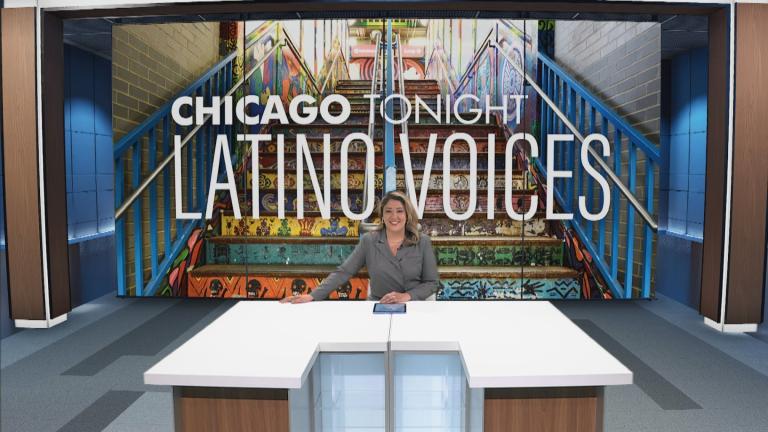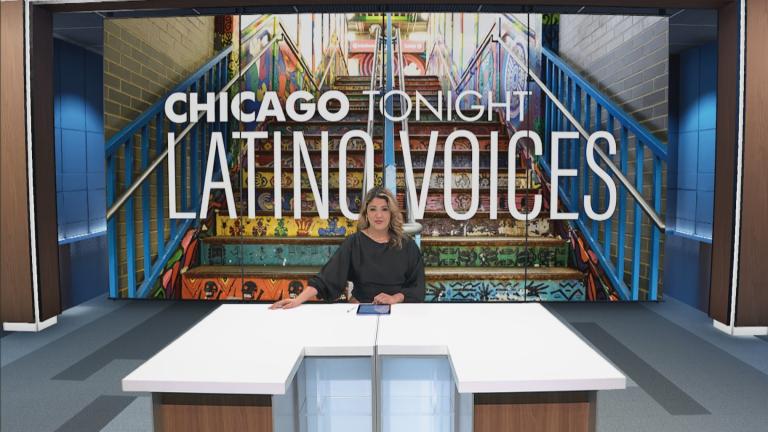In 1993, the “Got Milk?” campaign by the California Milk Processors Board was tremendously popular among English-speaking audiences. But a literal translation of the famous tagline into Spanish nearly resulted in the advertisements asking their Spanish-speaking viewers if they were lactating.
That’s just one example of how American companies have fumbled when trying to reach Latino consumers, and it can be an expensive mistake.
Latinos now make up 19% of the country’s population, and half of them are under age 29. And while America’s Latinos spend an estimated $1.7 trillion annually, the Hispanic Marketing Council says only 6% of overall industry investment is spent targeting the Latino community.
Ozzie Godinez, CEO and co-founder of advertising agency PACO Collective, says the key to reaching the Latino market is first understanding that it is a diverse population.
“Latinos aren’t a monolith. Latinos come from all over Latin America,” said Godinez. “There is absolutely a Hispanic market, but the thing that marketers really need to do is the due diligence to understand who they’re speaking to, and really do it in a way that’s authentic and genuine … in a way that’s truly meant to resonate with that particular target.”
When it comes to language, César Campa of CAMPA DESIGN says a common mistake among marketers is like the “Got Milk?” campaign’s mistake — translating messaging literally from an English-language campaign into Spanish. He also points out that lingual shifts exist within the same segments of the population.
“There are different segments, different generations, and you can have a different segment of that same market that doesn’t speak 100% Spanish at the house, but they do consume and behave and go about their life in a Latino fashion,” Campa said.
Campa says another misstep is using outdated or inappropriate images — think sombreros or maracas — to represent or appeal to Latinos.
“There have been some mistakes where there have been stereotypical visual imagery that the general market may think that that’s what represents us, when in fact we just want the brands and the services to be inclusive and to have an emotional connection to the community,” said Campa.
Godinez says that the younger generations of Latinos continue to push marketers in new and different directions.
“We are entering an era of transparency … for this younger, very multicultural cohort,” said Godinez. “And then the identity and embracing all things Latino. The younger demographic is living in this idea, we call them 200 Percenters — you’re 100% Latino, you’re 100% American … So it’s a very interesting, very dynamic, very fluid segment of the population.”








